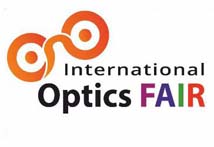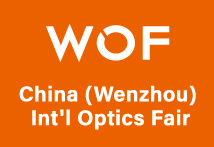Myopia Control and Its Impact on Daily Life
_(1).jpg)
Myopia, commonly known as near-sightedness, is a vision condition where distant objects appear blurry while close-up objects can be seen clearly. It affects a significant portion of the global population, with around 30% of people suffering from it. Myopia typically develops in childhood and can progress until the late teens.
Impact on Daily Life
Daily Activities: Myopia can make simple tasks challenging. Reading signs, recognizing faces, and seeing the board in a classroom can become difficult. For children, this can lead to lower academic performance as they struggle to keep up with their peers.
Safety Concerns: Activities like driving or participating in sports can pose safety risks. Uncorrected myopia can make it hard to judge distances accurately, increasing the likelihood of accidents.
Quality of Life: The impact of myopia on quality of life is significant. It can lead to eye strain, headaches, and fatigue1. People with severe myopia may experience emotional and social challenges, affecting their overall well-being.
 |
Myopia Management
Corrective Lenses: Glasses and contact lenses are the most common methods for correcting myopia. They help to focus light properly on the retina, providing clear vision.
Surgical Options: For those seeking a more permanent solution, surgical options like LASIK can be considered.
Lifestyle Changes: Increasing outdoor time has been shown to be protective against myopia onset. Encouraging children to spend more time outdoors can help reduce the risk of developing myopia.
Early Intervention: Early detection and management of myopia are crucial. Regular eye check-ups can help identify myopia early, allowing for timely intervention and better outcomes.
Advanced Myopia Control Methods
Orthokeratology (Ortho-K)
Orthokeratology, or Ortho-K, involves wearing specially designed contact lenses overnight. These lenses gently reshape the cornea, allowing for clear vision during the day without the need for glasses or contact lenses. While this method is effective, it requires consistent use and regular follow-up with an eye care professional.
Pharmaceutical Approaches
Recent advancements have introduced pharmaceutical options such as low-dose atropine eye drops. These drops, used at night, have been shown to slow the progression of myopia in children. It's a promising option, especially for those at high risk of developing severe myopia.
 |
Multifocal Lenses
Multifocal contact lenses and glasses are designed to provide clear vision at different distances. They are especially useful for individuals with myopia who also experience presbyopia (age-related difficulty in focusing on close objects). These lenses help in reducing eye strain and improving overall visual comfort.
Psychological and Social Impacts
Living with myopia can have psychological and social implications:
Self-Esteem and Confidence
For children and teenagers, wearing glasses or contact lenses can sometimes lead to self-esteem issues. They may feel different from their peers or become targets for teasing. Addressing these concerns through counselling and support groups can help boost confidence.
Social Interaction
Myopia can affect social interactions, especially in settings where clear vision is crucial, such as social gatherings, sports activities, and public speaking. People with myopia might avoid such activities due to discomfort or embarrassment.
Economic Impact
The economic burden of myopia is substantial. This includes the cost of corrective lenses, regular eye examinations, and potential surgical procedures. Additionally, severe myopia can lead to complications such as retinal detachment or glaucoma, which require expensive treatments and can lead to loss of productivity.
Future Prospects
Research in myopia control is ongoing, with promising developments on the horizon:
Genetic Research
Understanding the genetic factors that contribute to myopia can lead to targeted treatments. Researchers are exploring gene therapies that could potentially prevent or slow down the progression of myopia.
Technological Innovations
Advances in technology, such as smart glasses with built-in augmented reality (AR) features, could provide new ways to manage myopia. These glasses can offer real-time vision correction and reduce eye strain from prolonged screen use.
 |
 |
Conclusion
Myopia is a multifaceted condition that requires a comprehensive approach to management. From advanced medical treatments to psychological support, addressing myopia involves understanding its wide-ranging impacts on daily life. By staying informed about the latest advancements and adopting healthy visual habits, individuals with myopia can navigate their daily lives with confidence and clarity.
I hope this provides a more comprehensive view of myopia control and its impact. Let me know if there are any specific areas you'd like to explore further
Myopia is more than just a vision problem; it affects various aspects of daily life and overall quality of life. Effective management and early intervention are key to mitigating its impact. By adopting healthy lifestyle habits and seeking appropriate treatment, individuals with myopia can lead a fulfilling life.

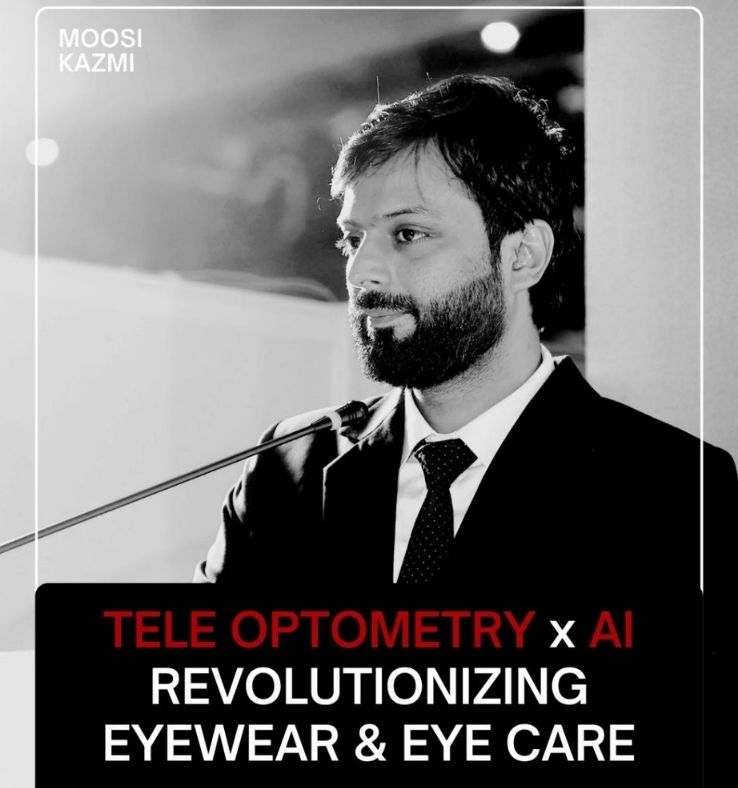
.jpg)
.jpg)
.jpg)
.jpg)
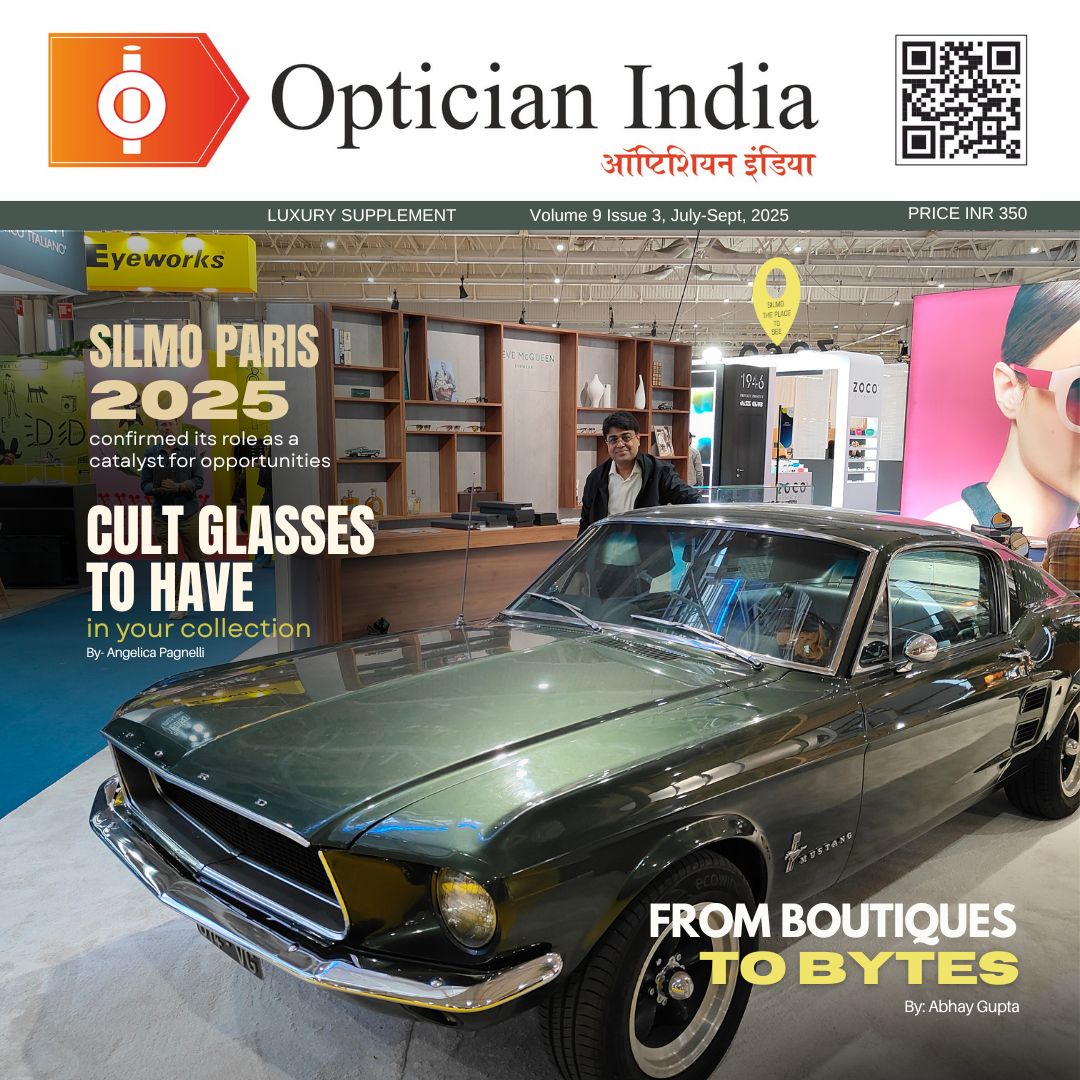

1.jpg)
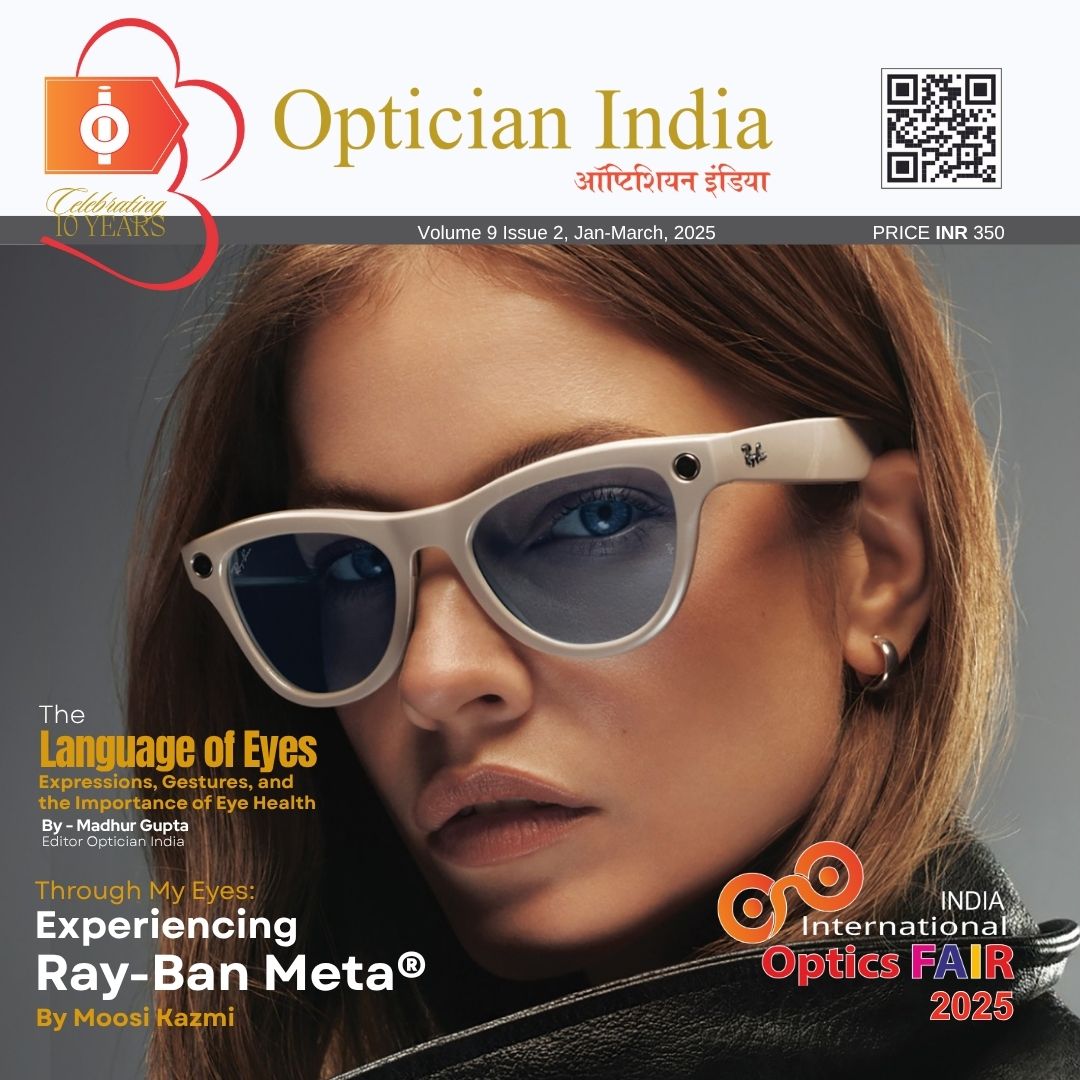


.jpg)
.jpg)

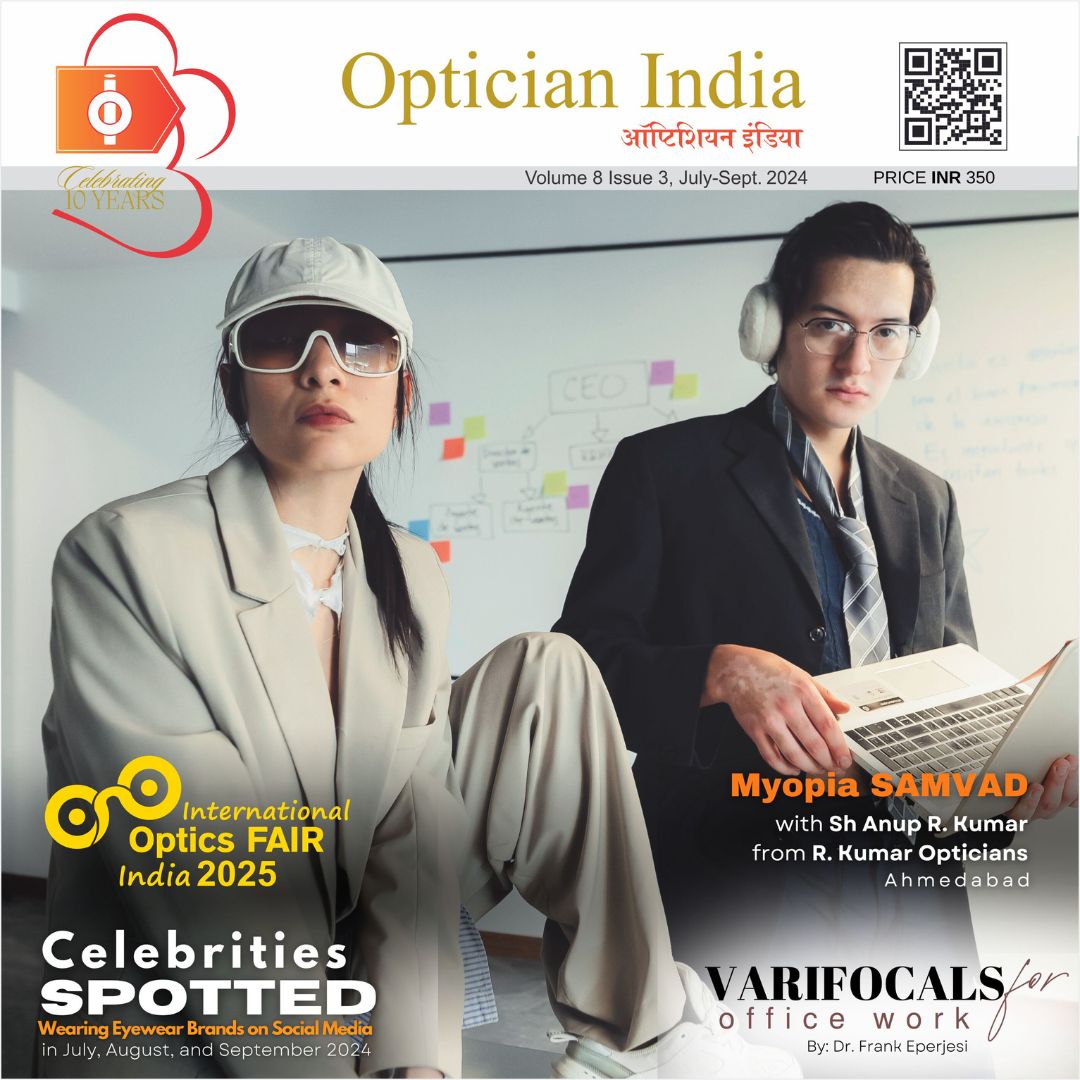

_(Instagram_Post).jpg)
.jpg)
_(1080_x_1080_px).jpg)
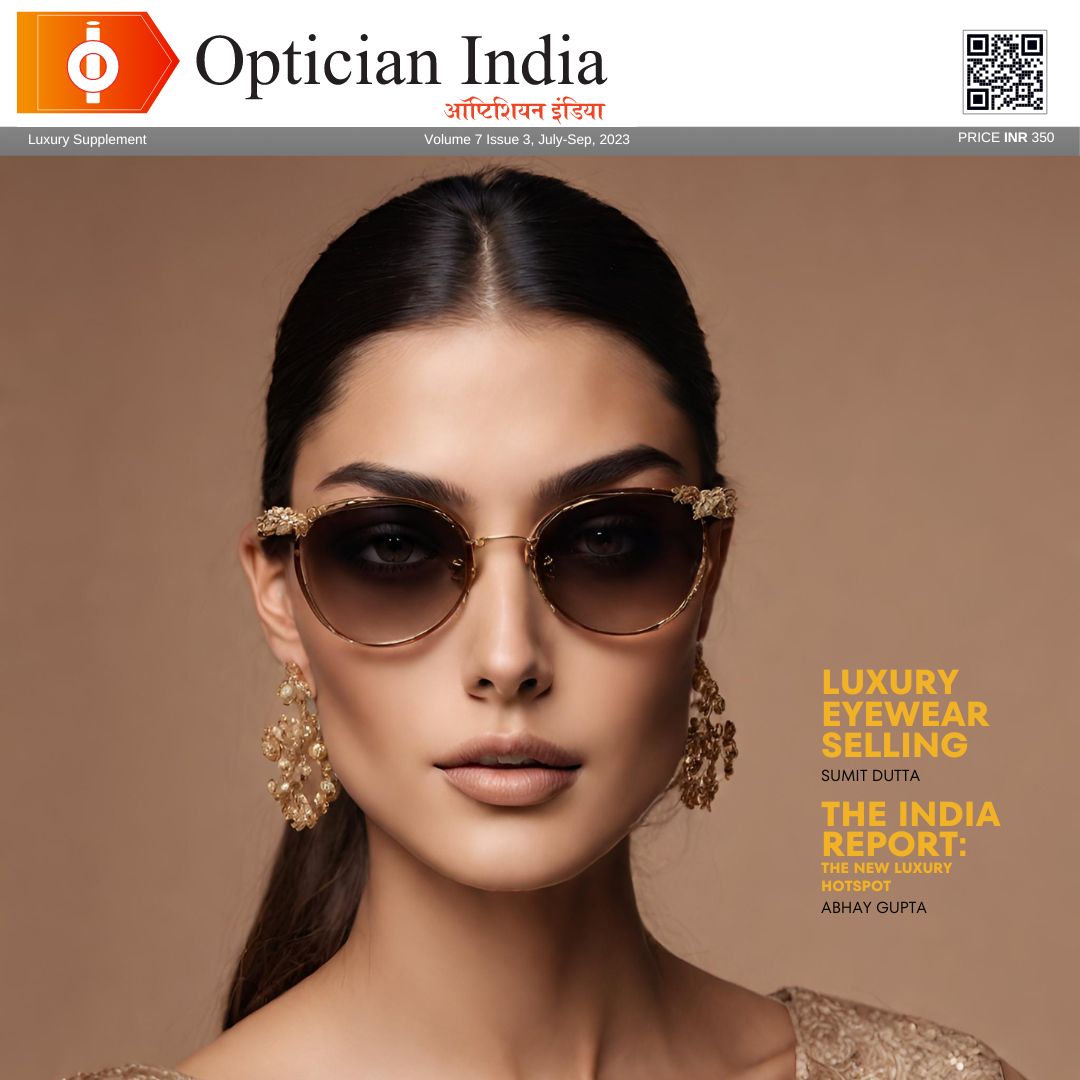

with_UP_Cabinet_Minister_Sh_Nand_Gopal_Gupta_at_OpticsFair_demonstrating_Refraction.jpg)
with_UP_Cabinet_Minister_Sh_Nand_Gopal_Gupta_at_OpticsFair_demonstrating_Refraction_(1).jpg)

.jpg)
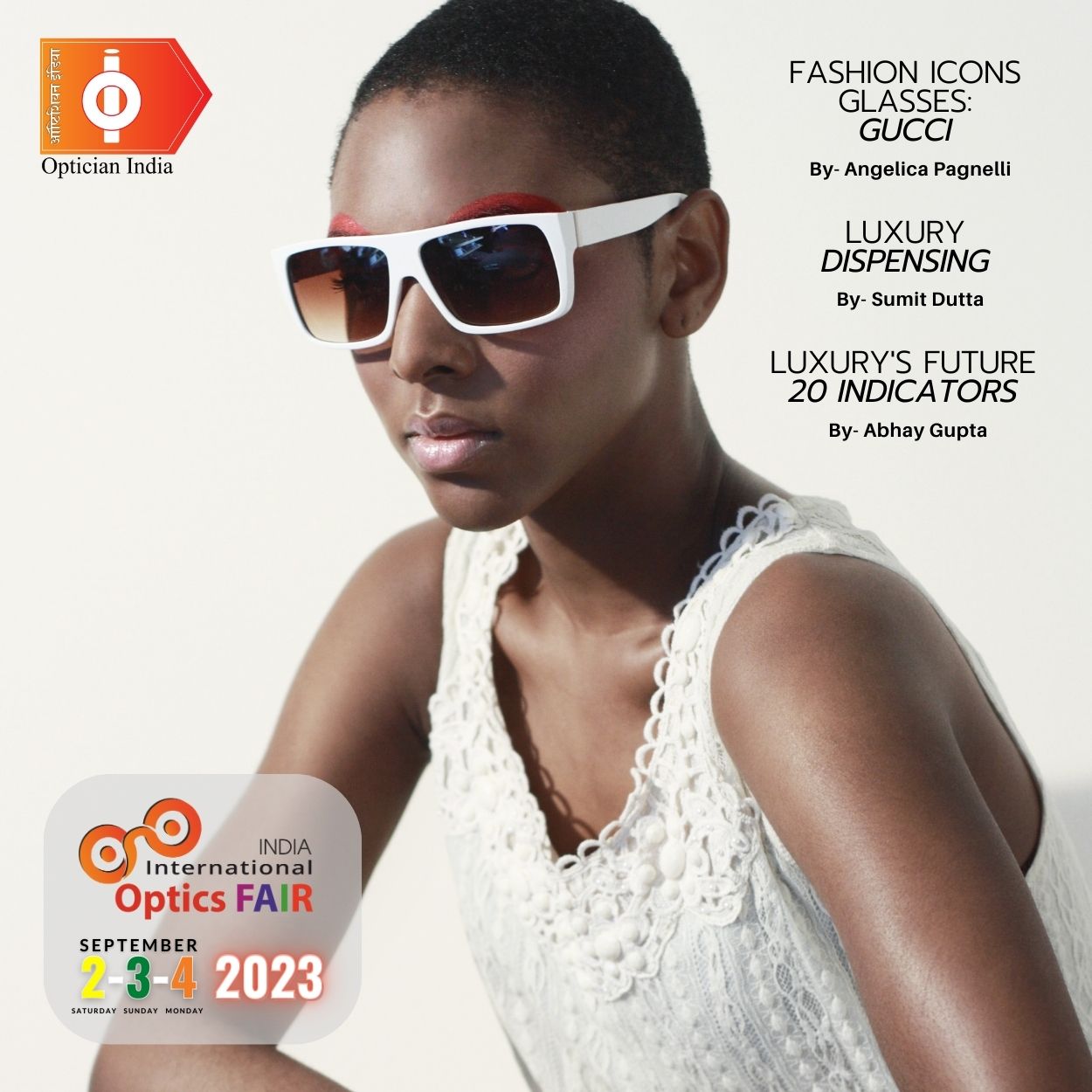


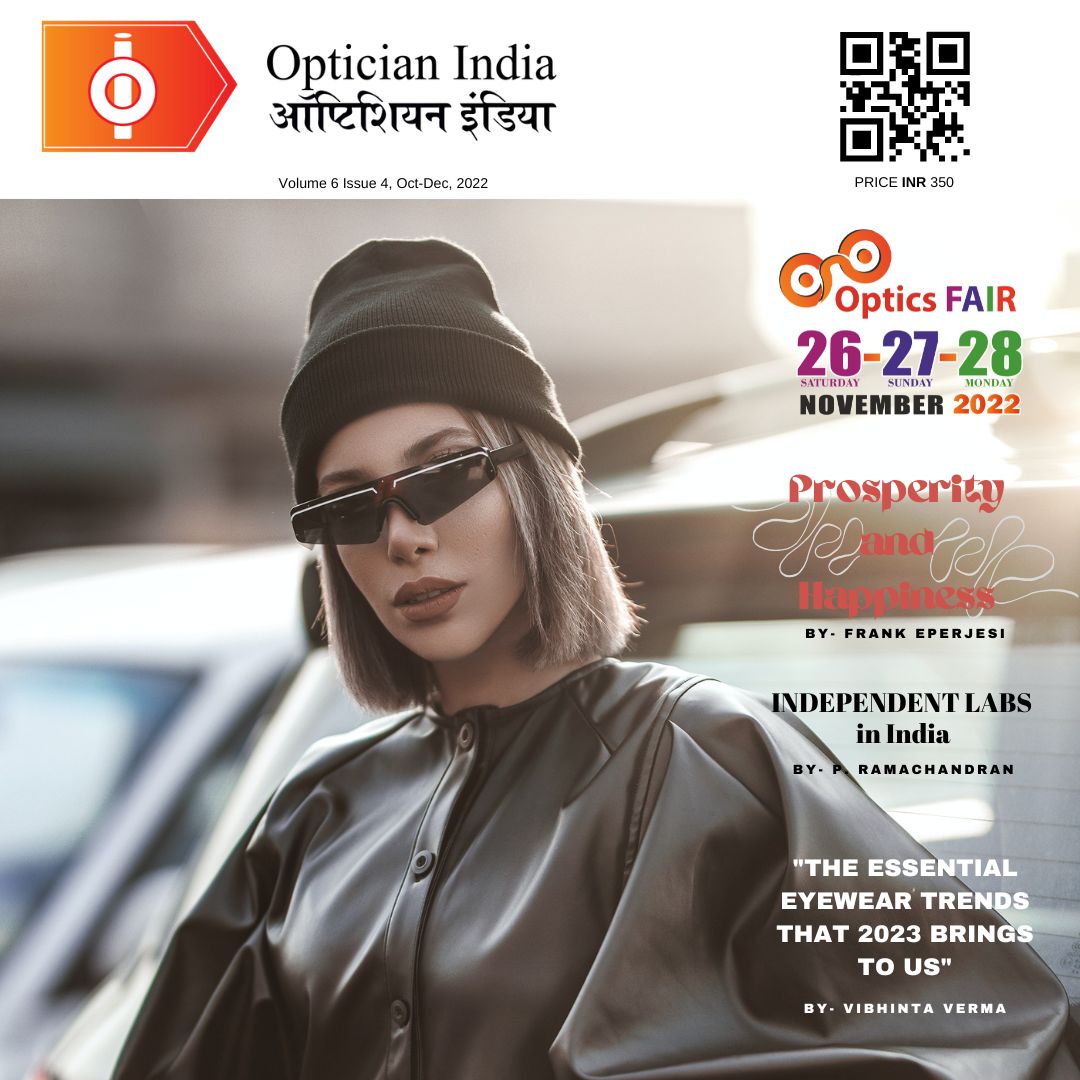

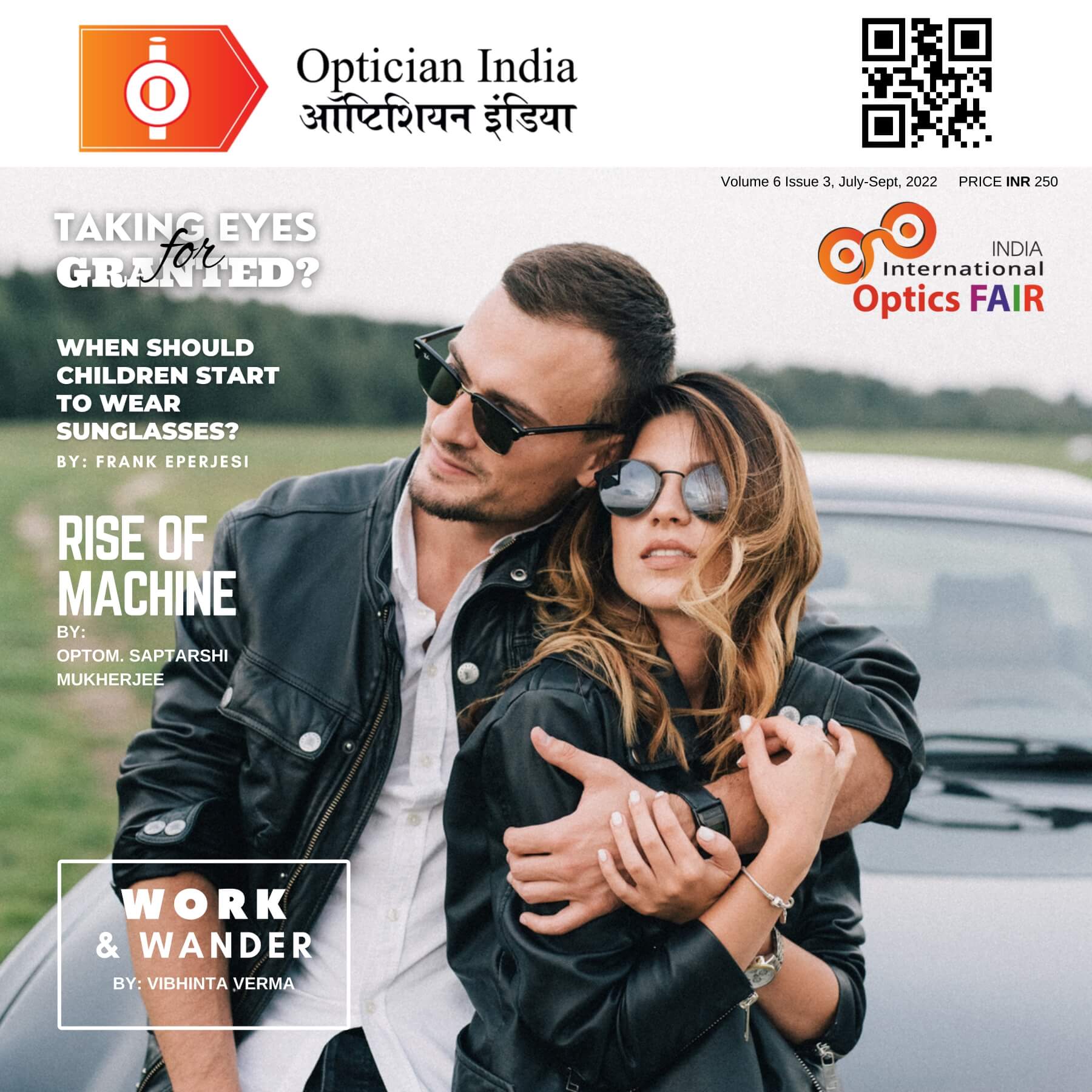
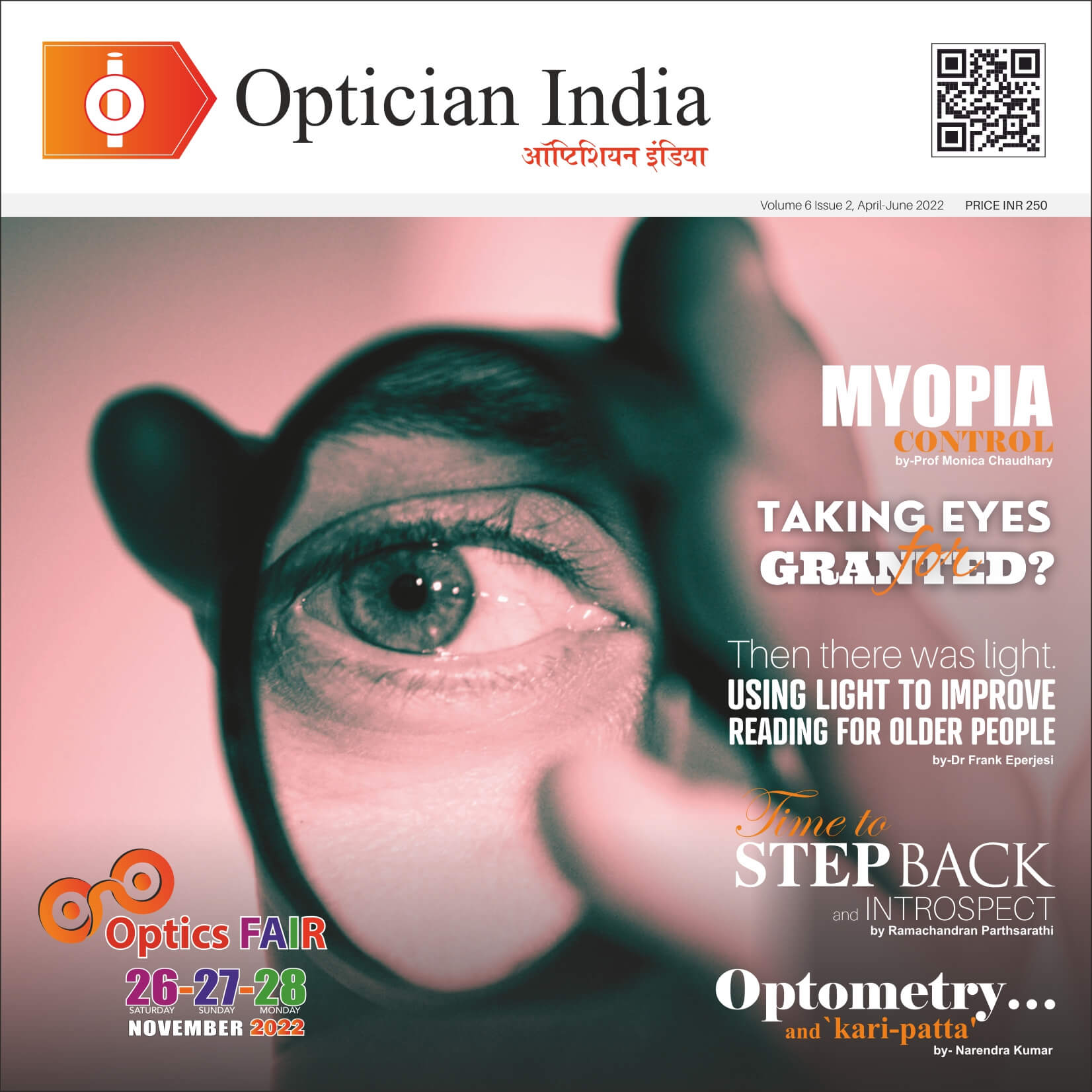
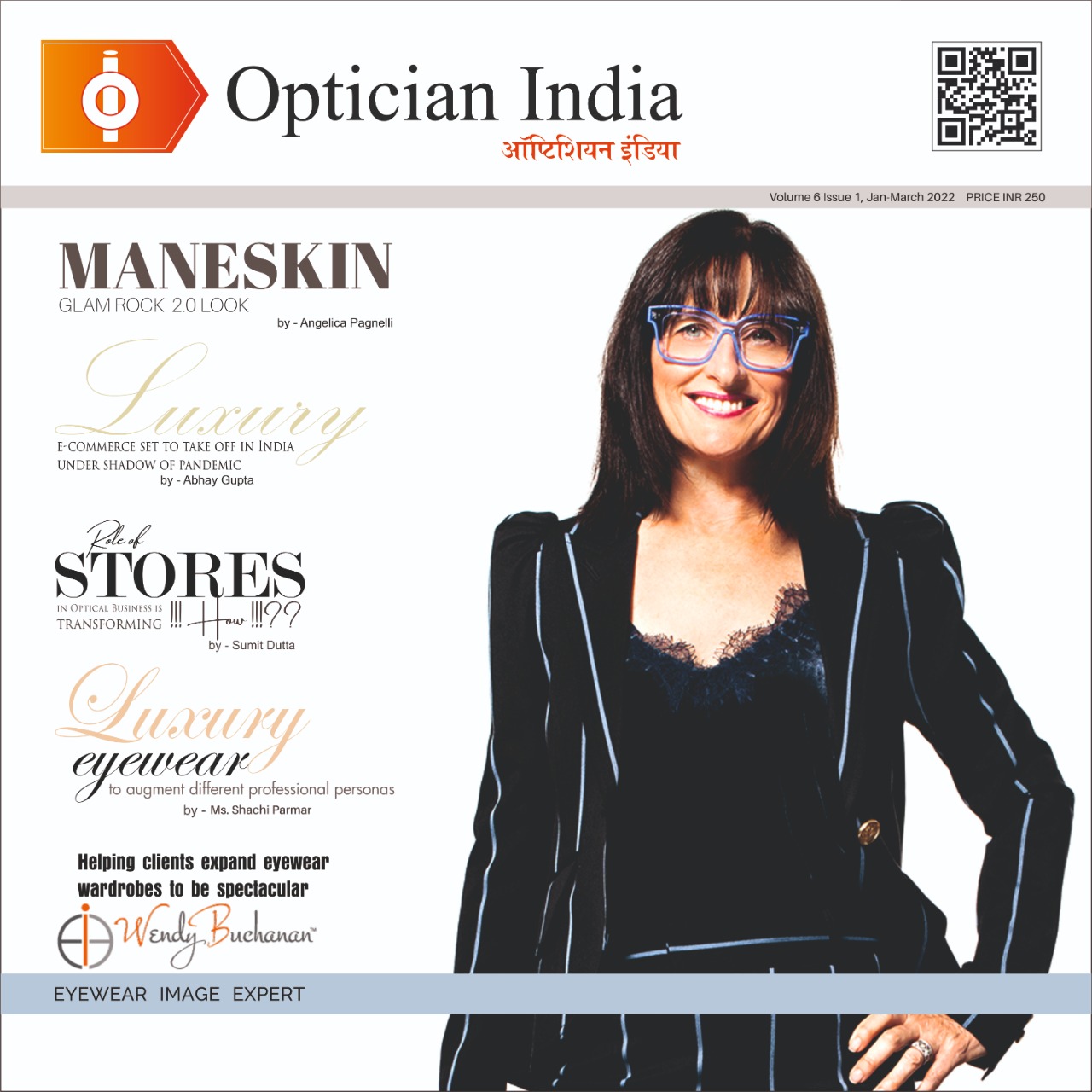
.jpg)
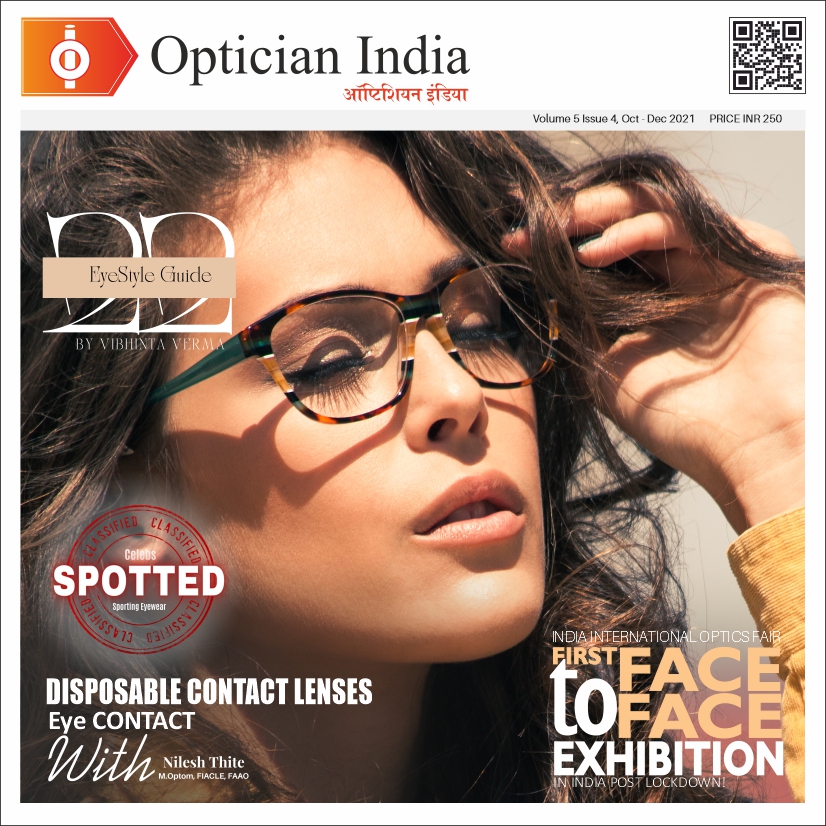
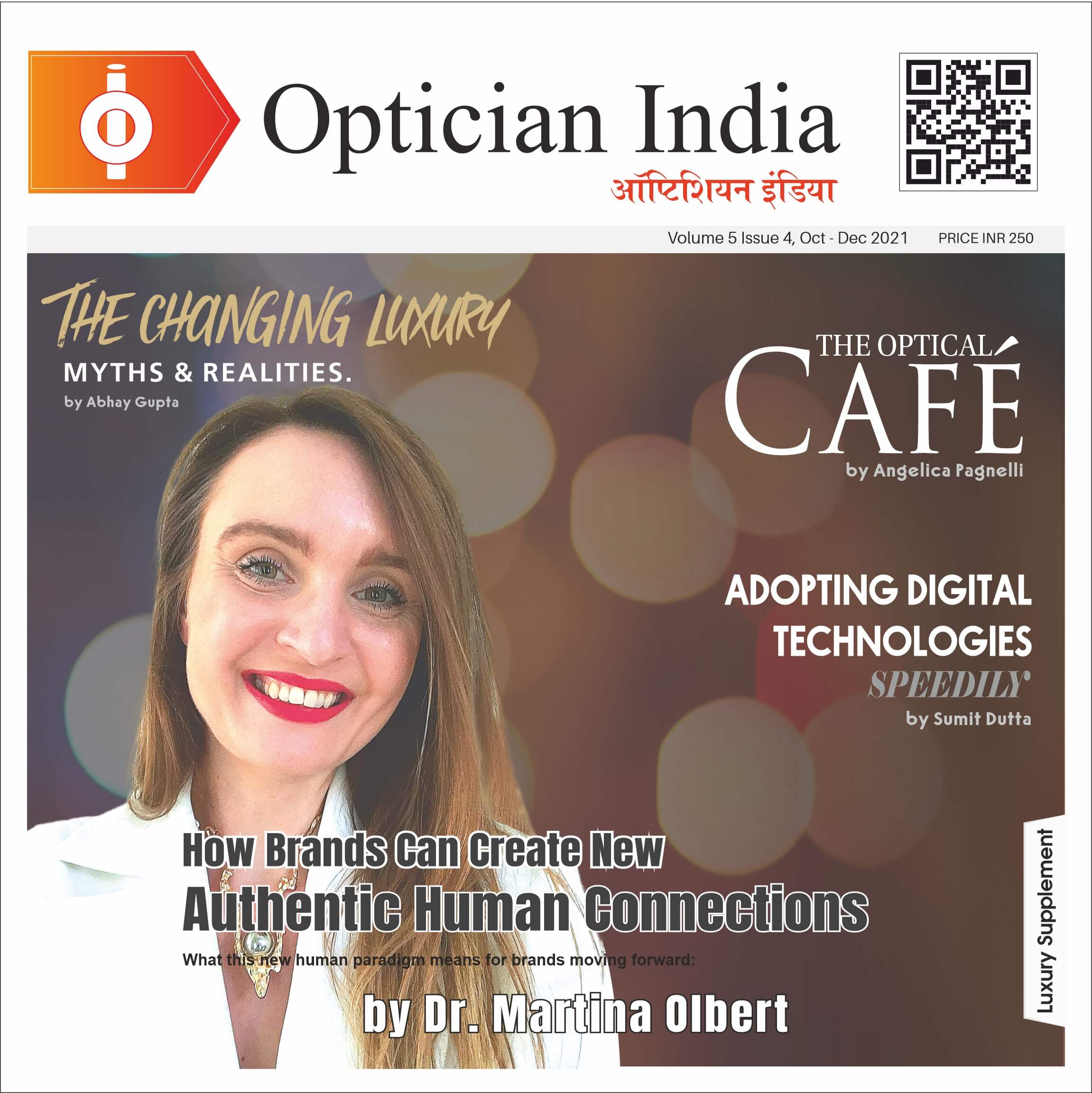
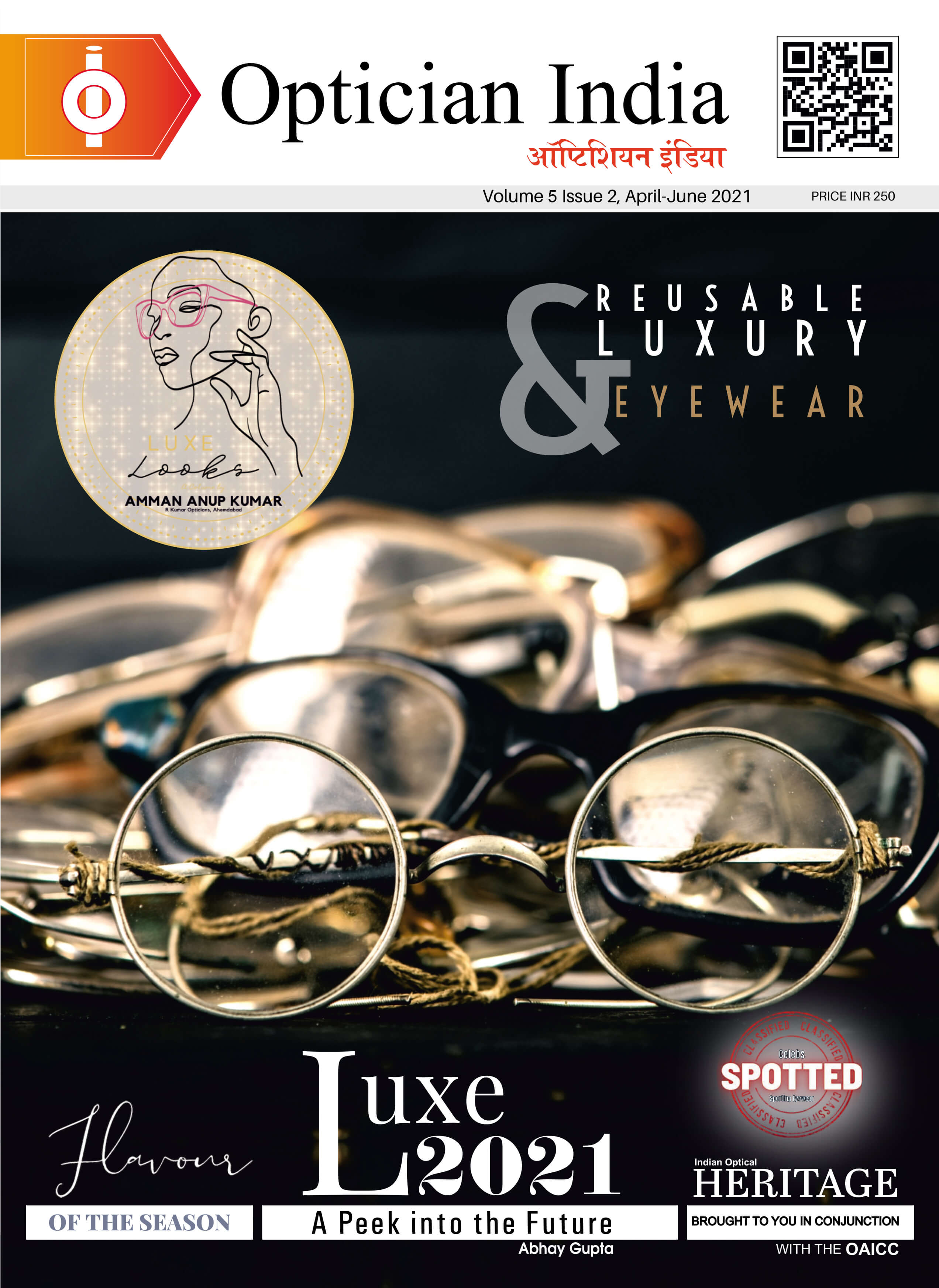
.png)
